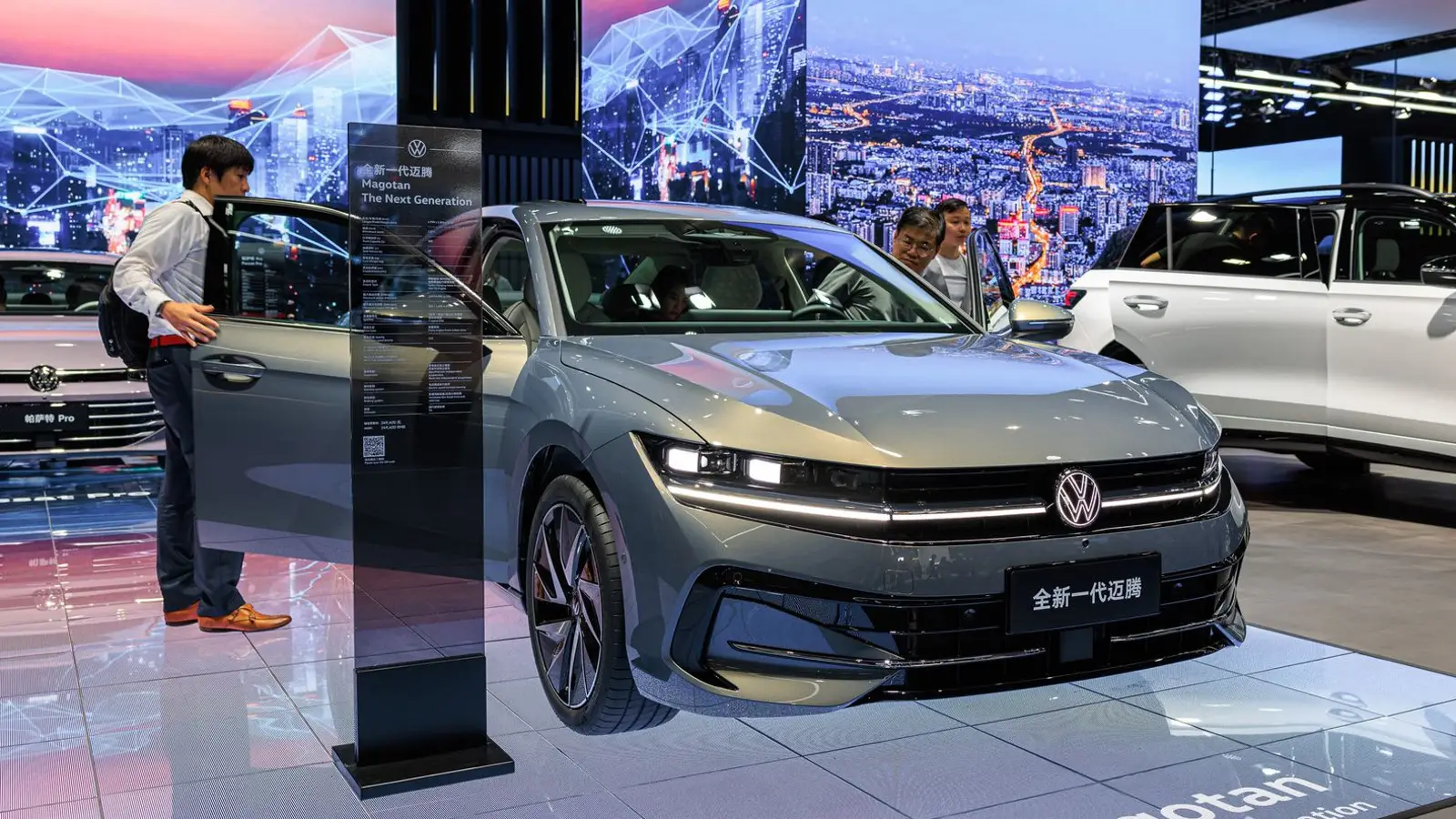News
How Volkswagen, Toyota, and BYD Are Adapting to a Changing Auto Market

Volkswagen fights to regain ground in China with new partnerships, Toyota and Honda join forces in the U.S., and BYD eyes European expansion. Read how automakers adapt to global shifts.
Once seen as a goldmine for Western automakers, China’s massive car market has evolved in ways few expected. Local brands like BYD, XPeng, Nio, and Geely have surged ahead, not only competing with but surpassing foreign rivals in key areas such as battery efficiency, software integration, and digital features tailored for the modern Chinese consumer. Volkswagen, long a dominant force in China, is now struggling to keep up.
Chinese buyers no longer just want a car; they want a connected, high-tech experience that integrates seamlessly into their digital lives. While Volkswagen’s ID. series has had some success, it lacks the deep software expertise and ultra-fast innovation cycle that Chinese brands have mastered. To stay in the game, Volkswagen is radically rethinking its approach, forming strategic partnerships to regain lost ground.
By 2026, Volkswagen plans to launch 10 new models tailored specifically for China, including six EVs, two plug-in hybrids, and two extended-range electric models. The first to hit the market will be a budget-friendly EV under the Jetta brand, expected to be released next year. The company is working with FAW Group to develop a new China-focused platform while collaborating with XPeng on advanced driving technologies. Additionally, Volkswagen has partnered with Ecarx to enhance its digital cockpit systems, aiming to create a smarter and more connected in-car experience.
Meanwhile, across the Pacific, Toyota and Honda are responding to the looming threat of U.S. tariffs with an unlikely partnership. Facing potential import restrictions, Honda has opted to source hybrid batteries from Toyota’s U.S. plant, securing enough supply for approximately 400,000 hybrid vehicles annually, with deliveries set to begin in the 2025 fiscal year. The move allows Honda to sidestep tariffs while giving Toyota a financial boost by scaling up its battery production. In a more stable market, such cooperation between competitors might seem unusual, but given today’s geopolitical uncertainties, survival often demands strategic alliances.
On the European front, BYD is accelerating its expansion and is considering Germany as a possible location for its third assembly plant in Europe. With the EU poised to impose tariffs on Chinese EVs, a local production facility would give BYD a competitive edge while cementing its foothold in Europe’s largest car market. The company has already announced plans for factories in Hungary and Turkey, set to begin production by 2026, with a total capacity of 500,000 vehicles per year.
For Western automakers, the landscape is shifting rapidly. Volkswagen is betting on localization and partnerships in China, Toyota and Honda are adjusting to economic turbulence in the U.S., and BYD is strengthening its presence in Europe. The race to dominate the next phase of the EV revolution is far from over, and the automakers that adapt the fastest will likely emerge as the industry’s new leaders.
2025, Mar 17 16:28


